Many dog training classes are full of what you should let your dog do and what you should not let your dog do.
You tell your dog where and when he can’t go to the bathroom, when to eat, when to sleep (and usually where), when he gets exercise and when he has to be quiet.
We pretty much run our dogs’ lives.
But should we?
Dogs are thinking animals – with a brain they should be using. They also have feelings such as stress, aggression, and depression, just like us. If never allow our dogs a choice, these feelings can come to the surface in ways you may not like.
Check out our new puppy checklist for more tips for new pet parents!
When Choices Are Good
Enrichments
Sometimes, giving your dog a choice is just about enriching his life. For example, let him choose what type of chew he gets that day (a pig ear or a bully stick). Another example would be going to the store and picking out his own toy.
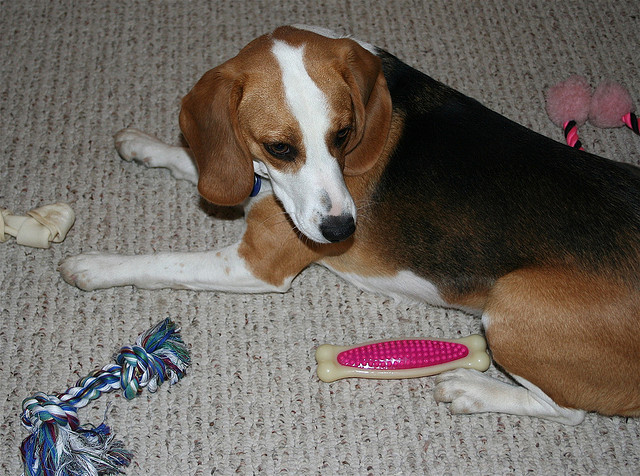
These are simple things, yes, but they give your dog some freedom and enrichment.
Walking is another one. Does your dog always walk in strict heel position? Sure, it’s easier for you, but that means your dog is never getting to sniff anything interesting or explore new areas – things that enrich his life AND make him more comfortable about his environment. Dogs who are rescued from abusive situations where they were kept in cages or chained in a house or backyard have trouble because they never learned to explore and adapt to a changing world. The same thing can happen to a dog that is never allowed to experience life – they can end up afraid of anything new or out of the ordinary.
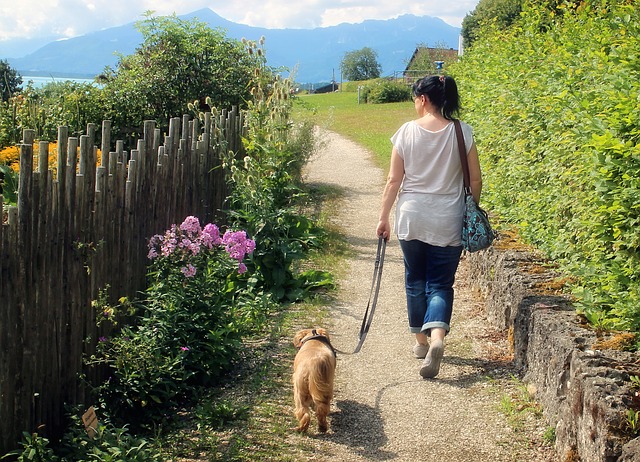
Stress
Walking at heel brings us to the other point – stress. A dog walking in strict heel may not be able to get away from that approaching dog that worries him, give the body language he wants to while greeting another dog, or simply move away from something scaring him.
A dog unable to get away or relieve stress may do one of two things:
- One day he may reach tipping point and become reactive in an explosive display that will shock you
- He may end up in state of learned helplessness. Remember hearing about the rats on the shocking floor that couldn’t get away, so they would end up just sitting there, taking it, with no more will to move or do anything? That same horrible state of mind can happen to your dog!

Do you force your dog to meet every human or dog that he sees? Again, this is situation where giving your dog a choice, to greet or not greet, is important.
I have four shelties, and yes the breed is known for being “reserved”, but each of them is different:
- One of them wants to greet no person or dog.
- One of them will greet people if they have cookies.
- One of them will greet both people and dogs.
- One will greet people if he chooses on his terms, but absolutely no dogs. He used to react (bark aggressively and lunge) at dogs because he did not want them to approach. He had been in a bad daycare situation where he put in with big dogs (against my wishes) and was harassed. So now, dogs scare him.
I respect these wishes. Why? Because that is part of the dogs personality. Do you want to meet every single person you see on the street? Would you want someone to force you too? Probably not. And really, why does your dog need to? There is really no reason except therapy work and in that case, you should chose a breed that tends to be people-oriented and a breeder who breeds for friendly, outgoing temperaments.
Confidence
The final sheltie I mentioned above has been learning to make good choices when it comes to what to do when he sees a dog, so he doesn’t lunge and bark (but that’s another article!). But part of that is him learning that I will not force him to greet a dog, so he can relax when they are nearby. Since I gave him the CHOICE to say, no, I don’t want to greet dogs, he has stopped lunging and barking and can focus on me in a group training class, assured that I won’t let a dog come up to him. TRUST has been established through CHOICE.
Choices foster confidence in these situations because your dog knows that if something is worrisome or causing stress, you will allow him to react to it. This will help relieve reactivity and aggression. For example, a dog who reacts (lunging and barking) to other dogs will do so less if he learns he can choose to get away from them, and his owner will respect his choice to not greet other dogs. Conversely, if you have been forcing your dog to meet, even when his body language is clearly says “I don’t want to,” your dog will get more and more reactive, to dogs further and further away, anticipating that forced meeting.
Training
Another time choices are good is in training. Rather than using outdated methods where you ask your dog to do something and if he doesn’t you correct him, train your dog with progressive techniques such as shaping and capturing. Both of these are used by positive reinforcement trainers and both of them allow your dog choices, so he can use his brain to figure out what you want to do and then be rewarded for it.
With shaping, you start by giving your dog a choice. Let’s use teaching your dog to leave something as an example.
You hold out a closed hand with a treat inside. Your dog has a choice:
- Try to get the treat
- Do not go for the treat
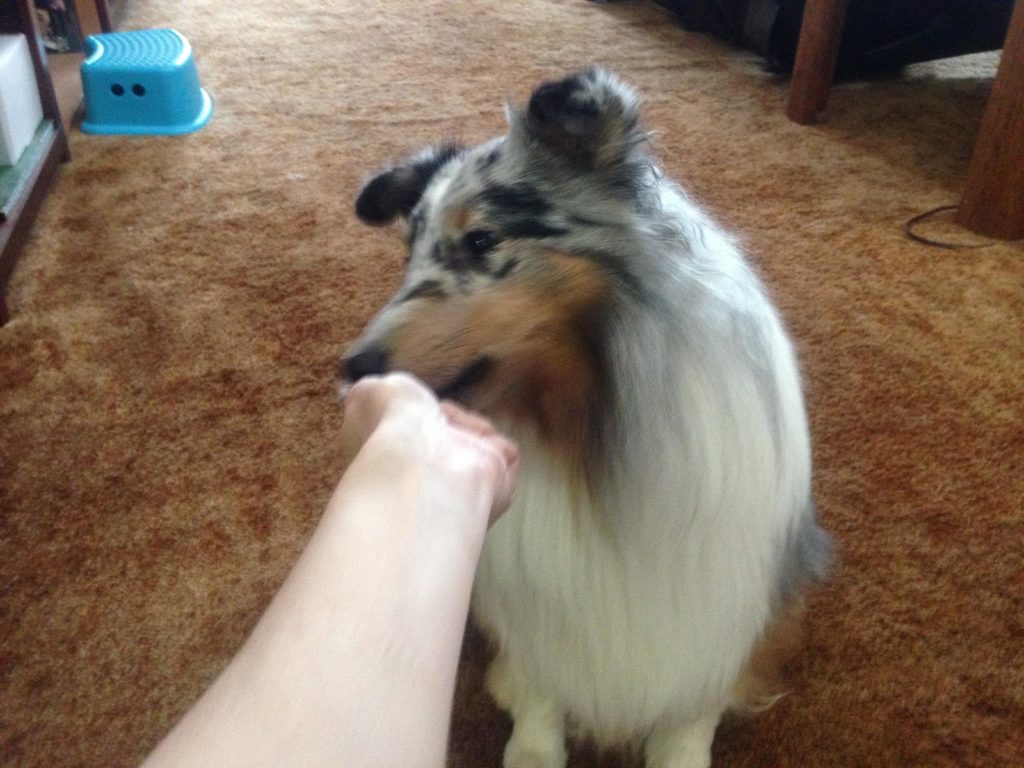
If he goes for it – nothing happens, he can’t get it, it’s in your hand. As soon as he stops trying to get it (decides to not go for it!) you reward him. Eureka! He thinks – if I make the choice to not go after that item, I get a reward!
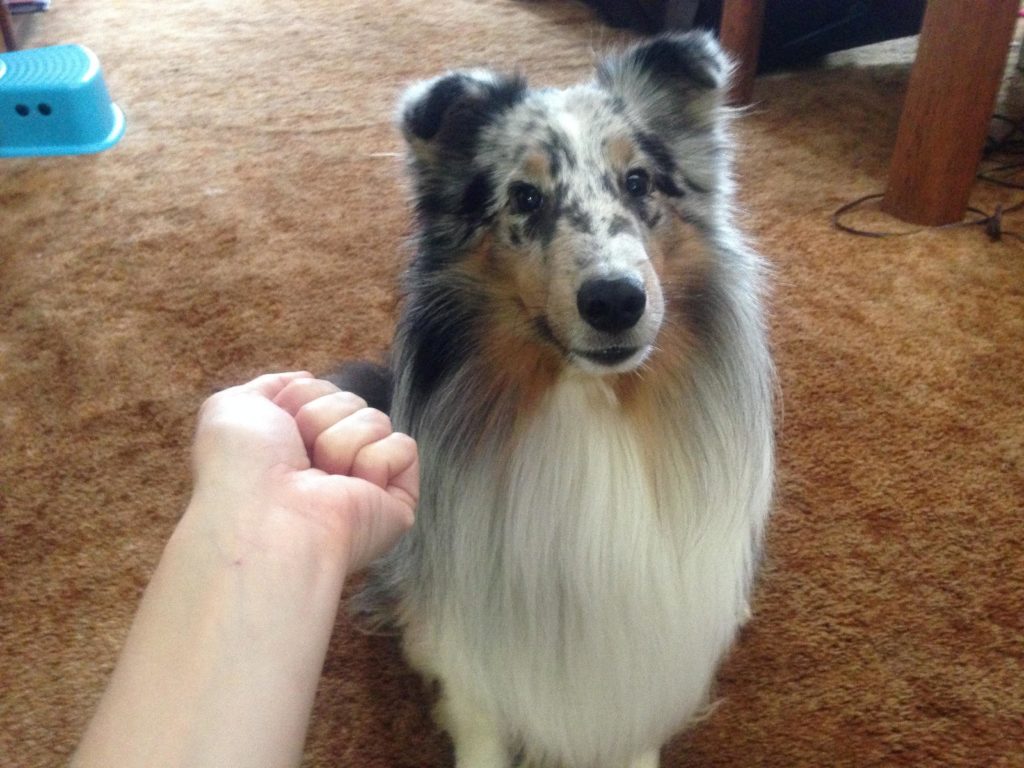
You’ve just taught “leave it” by giving your dog choices, rather than punishment.
If you were punished for making all the wrong choices all the time, without ever understanding what the right choice was, what would you do? Many dogs give up and stop trying, figuring they will be wrong get punished no matter what they do (the learned helplessness mention above). And then, when you are gone, he will immediately grab whatever it is you didn’t want him to have because the threat of punishment is not there in front of him. All your dog has learned is to not try anything around you (make no choices) and then to make bad ones when you are not around.
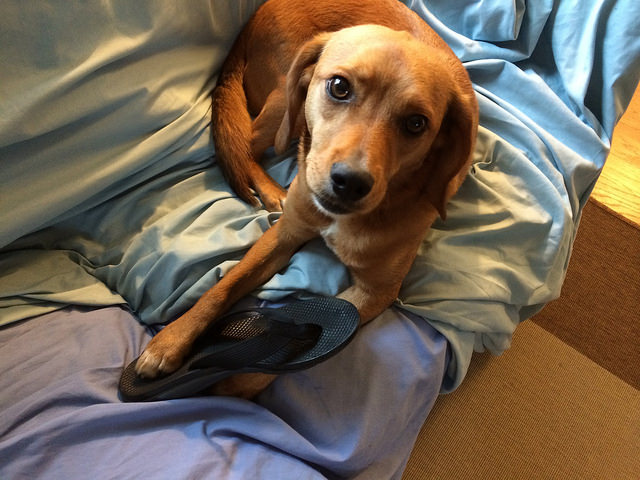
Capturing is when you wait for your dog to do something and the reward him for it. For example, instead of teaching your dog to sit by jerking up on his collar and pushing his rump to the floor (what choice did your dog have here? Would you like someone to physically push you around in that fashion?) you will just wait for your dog to “offer” a sit. As soon as he sits, you reward.
Now, your dog is thinking – what choice did I just make to get that reward? Hmm…was this it? And he sits again. REWARD! Yes, your dog thinks – when I sit I get good things. And it this process that gives positive reinforcement trainers such wonderful “auto sits” and “downs” – because their dogs have made the choice to do them and have learned that when they do, they get good things. It creates very strong behavior patterns. So my reactive dog I just talked about above. He has been rewarded so many time for choosing to down without being asked that, when he is stressed, overexcited or unsure of what to do, he lies down! How nice would it be if your barking, lunging dog would lie down she she was anxious, instead of bolting out the door, lunging at the neighbors dog, or clobbering your guests? It’s learned through choice.
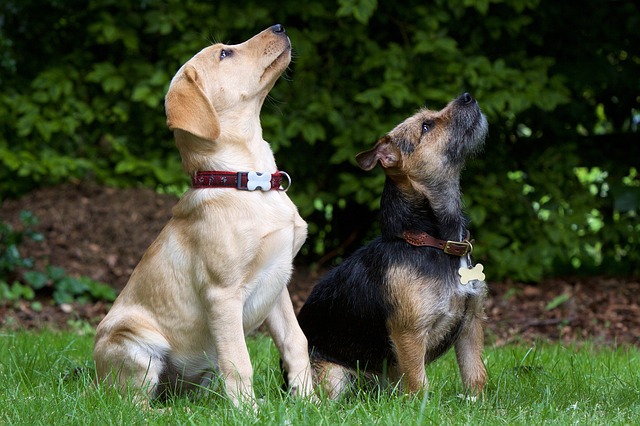
After all – what would you prefer – to do something (say go to work 5 days a week!) for a reward (your paycheck) or because if you don’t, you will be punished? And what would your emotions be like in the different situations? Even a stressful week is made better when payday comes – but what if all you got for your stress and hard work was corrections or nothing at all?
Dogs taught with choices and positive reinforcement learn to try and offer behaviors. They end up with a happy working attitude – they want to work! This creates a great relationship with you and it fosters a dog that wants to work for his owner – he wants to learn what you want of him because he gets rewarded for it.
Are There Times Your Shouldn’t Allow Choice?
Obviously, there are times when you can’t allow a choice, for safety reasons for example. IF your dog is chewing on something dangerous or expensive, you are going to want to stop him. BUT how you stop him makes a difference. Don’t just grab the item and yell at your dog – all he learns is, “She must have wanted what I had really badly, next time I’ll hide from her while I am chewing on it.”
Instead, offer him a trade, an appropriate dog toy or chew, so he can learn what he is allowed to chew and not chew. This teaches your dog to make choices that are right.
Your dog also has to learn to come when you call, regardless of what he wants. He needs to learn to not bolt out of your house.
But, if come is taught through the positive reinforcement techniques mentioned above, what you want can become what your dog wants too – see? So, your dog actually will still be getting to choose, you will have just fostered in him the desire to make the right choice!
So go out there and let your dog make some choices. And, when necessary, teach him to make good ones.
 Toledo, United States.
Toledo, United States.